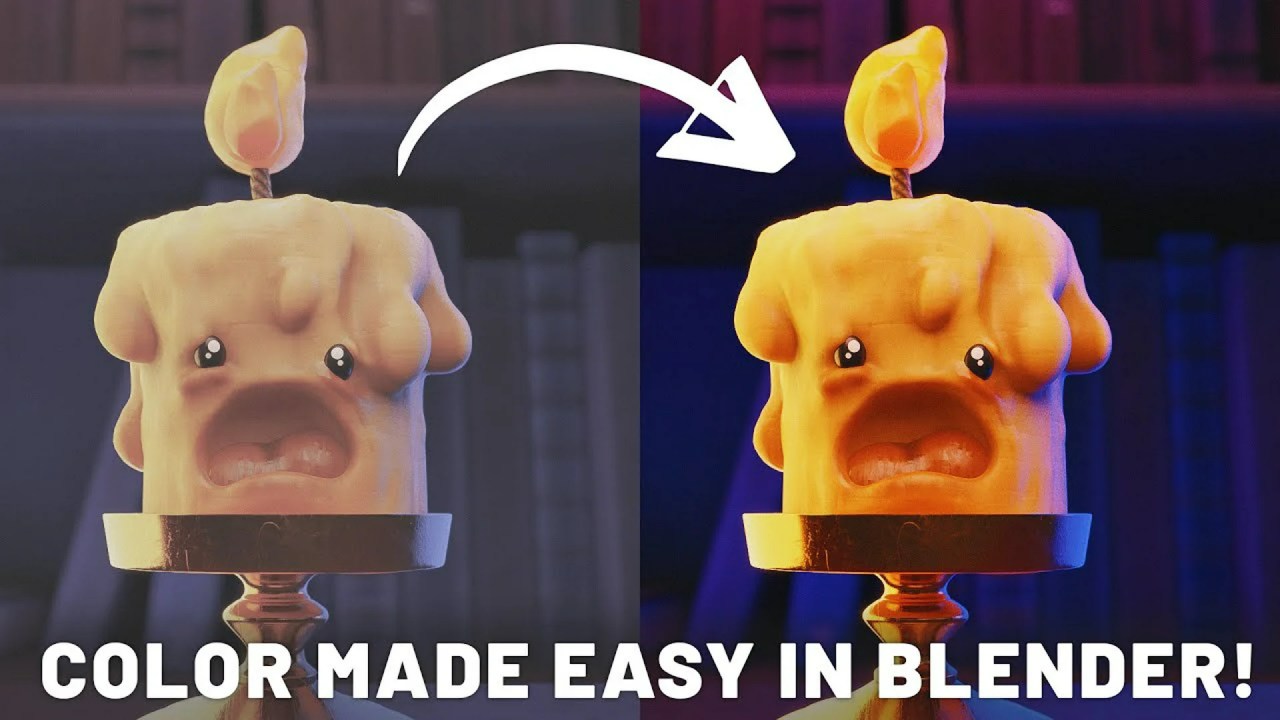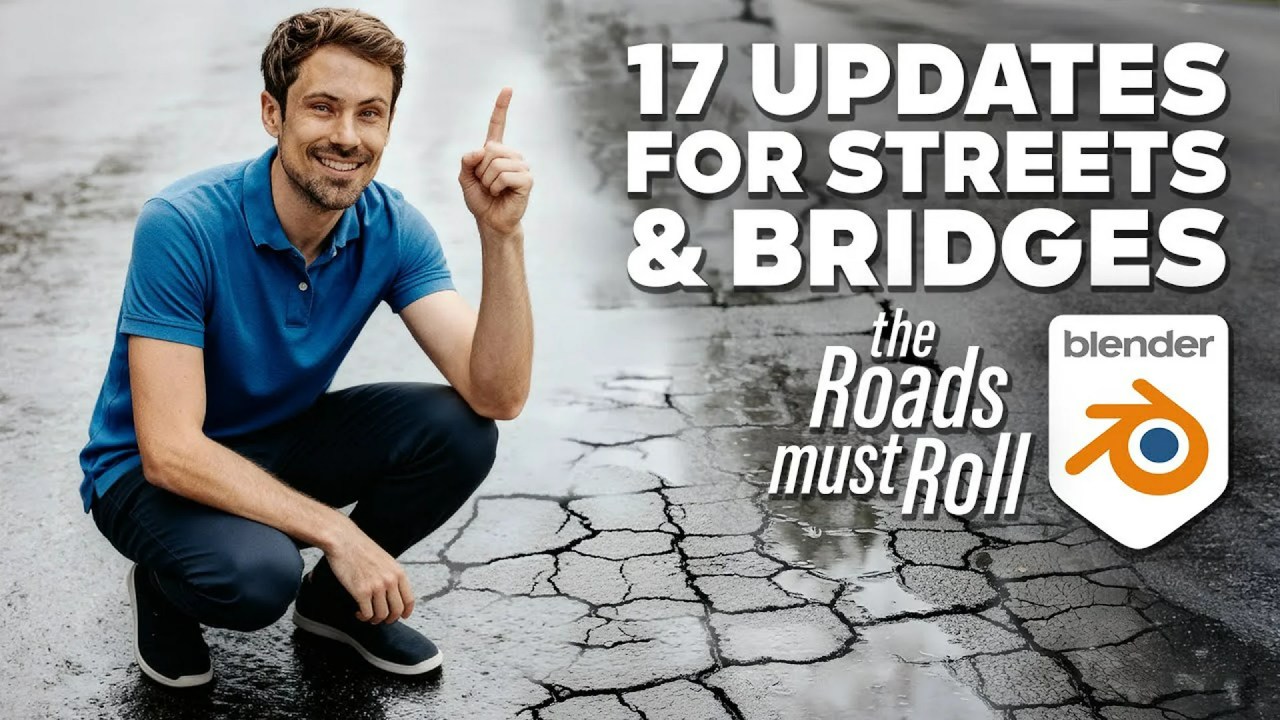Explore Polyfjord’s surprisingly effective Blender 4.5 “hack” for in-camera VFX compositing. Learn to seamlessly integrate 3D elements into live-action footage using a fast, powerful projection-based workflow, ideal for stunning visual effects.
Dive into a fascinating Blender 4.5 workflow that’s revolutionizing how artists approach visual effects compositing. Esteemed 3D artist and educator, Polyfjord, shares a “surprisingly good” in-camera VFX compositing hack that simplifies complex integration of 3D elements into live-action footage.
Known for his innovative and practical tutorials, Polyfjord consistently delivers methods that are both powerful and accessible. This particular technique builds upon a foundational photogrammetry-based 3D tracking method, offering a fast and highly effective solution for VFX artists looking to elevate their work without getting bogged down in intricate geometry.
Setting the Stage: Preparing Your Blender Scene
The process kicks off by importing your automatically 3D-tracked scene into Blender. Polyfjord guides you through essential cleanup, such as deleting unnecessary photogrammetry cameras and parenting the OpenGL point cloud to your main animated camera for easier navigation. For those looking to master their tracking skills, he also has an improved 3D tracking workflow video on his second channel.
A critical component for seamless integration and shadow casting is the cyclorama, a curved, infinite backdrop. This is artfully constructed from a simple plane, then shaped using Blender’s Simple Deform and Bevel modifiers to create a smooth, shadow-free surface that extends far into the scene, ensuring your camera view is fully covered.
The Heart of the “Hack”: Projection Magic
This is where Polyfjord’s “hack” truly shines. Instead of complex UV unwrapping, the original video footage is ingeniously projected directly onto the cyclorama. Within the Cycles render engine, a new material is created for the cyclorama, utilizing an Image Sequence node. The genius lies in connecting the ‘Window’ output of a Texture Coordinate node to the Image Sequence’s ‘Vector’ input. This projects the video as if it were a window into your scene, perfectly aligning with the camera’s movement.
A crucial step for accurate color reproduction is setting your Color Management View Transform to ‘Standard’. This ensures the projected video’s colors are rendered correctly, preventing over-saturation or unexpected shifts.
Illuminating Your Scene: Lighting, Shadows, and Reflections
For truly convincing integration, realistic lighting is paramount. An Area Light is introduced and positioned to mimic the natural light source present in your background footage. To enable crucial contact shadows from your 3D elements, a Diffuse BSDF shader is strategically inserted into the cyclorama’s material tree, allowing the scene to be properly relit.
Achieving convincing reflections on glossy objects is another highlight of this workflow. Polyfjord cleverly uses the first frame of your video footage as an HDRI environment map in the World Shader Editor. To resolve the conflict between a bright world background (needed for diffuse lighting) and detailed reflections, a Mix Shader is employed, controlled by the Light Path node’s ‘Glossy Ray’ output. This ensures diffuse shading remains bright while glossy objects reflect the detailed environment.
The Final Polish: Compositing and Rendering
No VFX shot is complete without post-processing. Polyfjord leverages Blender’s powerful Compositor to refine the final look. This involves an Exposure node to manage overall brightness, followed by RGB Curves to reintroduce contrast and brightness without clipping highlights, effectively mimicking an AGX-like view transform. Subtle Glare (Bloom) effects are then added to enhance realism.
Finally, rendering settings are optimized for output, and a test render with various material spheres helps evaluate the lighting and reflections before replacing them with your final, animated 3D model. You can find the video file and 3D tracked clips used in the tutorial on Polyfjord’s Patreon.
Polyfjord’s approach to in-camera VFX is a testament to the power of creative problem-solving within Blender. This “hack” demonstrates how leveraging Blender’s node-based system and understanding fundamental compositing principles can yield professional-grade results with surprising efficiency. It’s an accessible entry point into techniques akin to those used in high-end productions utilizing LED volume stages, empowering independent creators to achieve stunning visual effects.
Sources:
This Blender VFX compositing hack is surprisingly good! (Tutorial) – Polyfjord



